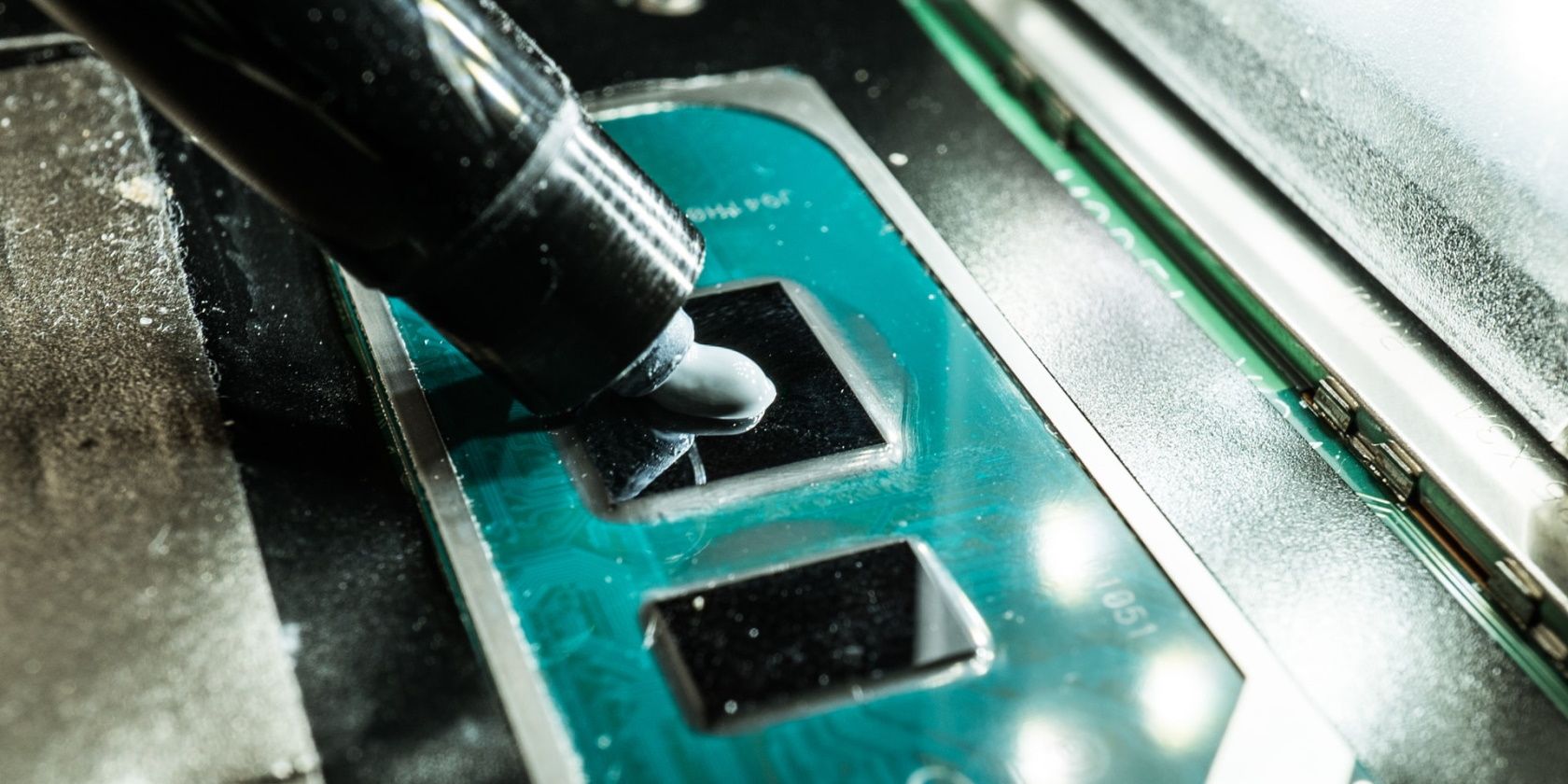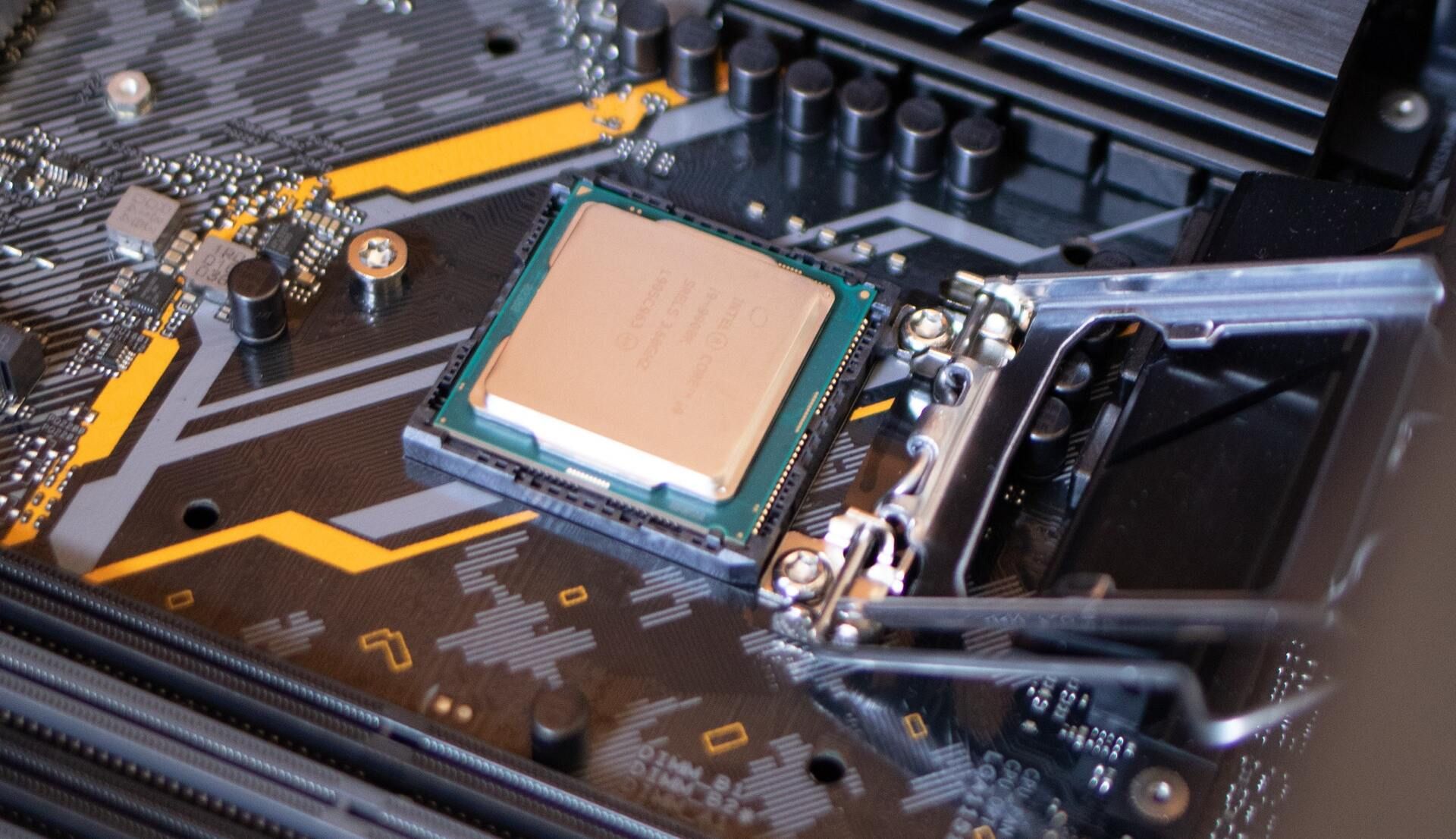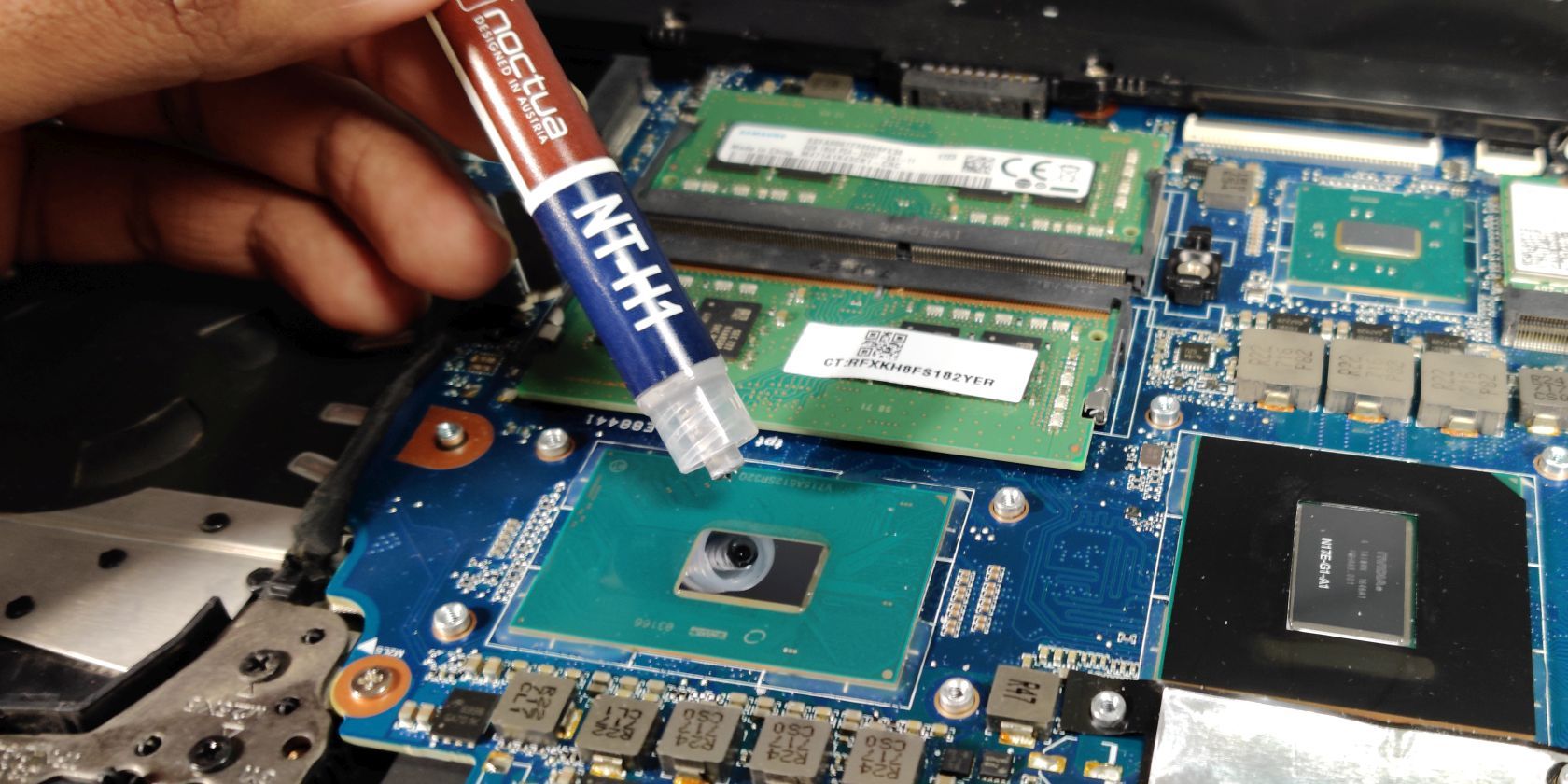Your CPU needs the best cooling solution to be efficient as possible. Mainly, this is because while performing tasks, the CPU generates heat, and as you probably know, accumulation of heat will lead to overheating, which can result in performance issues.
Therefore, to avoid overheating, you need the best CPU cooling solution. This is primarily a must if you plan to overclock your rig. You have two primary solutions when it comes to cooling your CPU. You can either use liquid metal or thermal paste. But what's the best way to cool your CPU? Read on to find out.
Using Liquid Metal as Your CPU Cooling Option
The first CPU cooling solution is liquid metal which uses metal to conduct heat. The main component of liquid metal thermal interface material is Gallium.
Liquid metal works by minimizing the microscopic air gaps between your CPU's integrated heat spreader (IHS) and the cold plate of your heat sink. Since air is a bad conductor of heat, filling those microscopic air gaps paves the way for efficient heat transfer from the CPU to the heat sink, thus keeping your CPU cool at all times.
As a CPU cooling solution, liquid metal has its pros and cons. For starters, liquid metal is almost always electrically conductive. That means it can transfer current from one point to another. Let's dive into each.
Liquid Metal Advantages
One area where liquid metal beats thermal paste is thermal conductivity. Liquid metal's thermal conductivity is suitable if you need a cooling solution that dissipates heat faster from your CPU relative to the thermal paste. The best liquid metal has a thermal conductivity rating of more than 73 Watts per meter-Kelvin (W/mk).
Liquid Metal Disadvantages
Liquid metal, however, does come with two significant downsides. One, it's hard to apply as it requires extra precautions than the conventional thermal paste. The reason that makes it hard to apply is its electrically conductive nature.
A single drop outside the target area can lead to short-circuiting when you power on your rig, or worse, failure of specific components if you don't clean it. Also, since the main element is Gallium, liquid metal can chemically react with Aluminum. Therefore, you should not use it if your CPU cooler has an Aluminum cold plate.
Secondly, liquid metal is more expensive than regular thermal paste due to its higher thermal conductivity ratings. So, if you're building a budget PC, this might be a deal-breaker.
Using Thermal Paste as Your CPU Cooling Option
Thermal paste, sometimes called thermal grease or thermal compound, is another cooling option for your PC. Unlike liquid metal, thermal paste is not electrically conductive. However, thermal paste and liquid metal have an identical working mechanism.
There are different kinds of thermal paste based on the type of compound used, including metal-based, silicon-based, and ceramic-based pastes. Here are the pros and cons of thermal paste as your CPU cooling solution.
Thermal Paste Advantages
Thermal paste is wildly popular, and for a good reason. One of the key reasons is the ease of application. Since it's not electrically conductive, it won't affect your PC build even if it drops on the side. You can apply and re-apply thermal paste as you wish. Thermal paste is also a cheaper CPU cooling option suitable for those on a budget.
Thermal Paste Disadvantages
Thermal paste is dirt cheap per gram, but the major disadvantage is its thermal conductivity. Thermal paste's thermal conductivity doesn't stand a chance compared to liquid metal. For context, some of the best thermal paste at the time of writing have a thermal conductivity slightly above 15 W/mk, which is way less than what you get with liquid metal.
Liquid Metal vs. Thermal Paste: Which CPU Cooling Solution Is the Best?
Now that you understand the pros and cons of each, you may be wondering which CPU cooling solution is better. And the answer is; it depends. Yes, liquid metal has a higher thermal conductivity but has significant risks in the application. And therefore, best left to those who know what they are doing.
On the other hand, thermal paste is cheaper, but you'll have to deal with its lower thermal conductivity ratings. However, you'll do just fine with thermal paste. It's easy to apply and doesn't pose the many risks of using liquid metal.
Thermal paste also comes in various flavors, some cheaper than others, so it will most certainly satisfy your CPU cooling needs independent of what you're trying to build. But if you need better cooling than the average consumer and are ready to deal with the risks, you can't go wrong with liquid metal.



